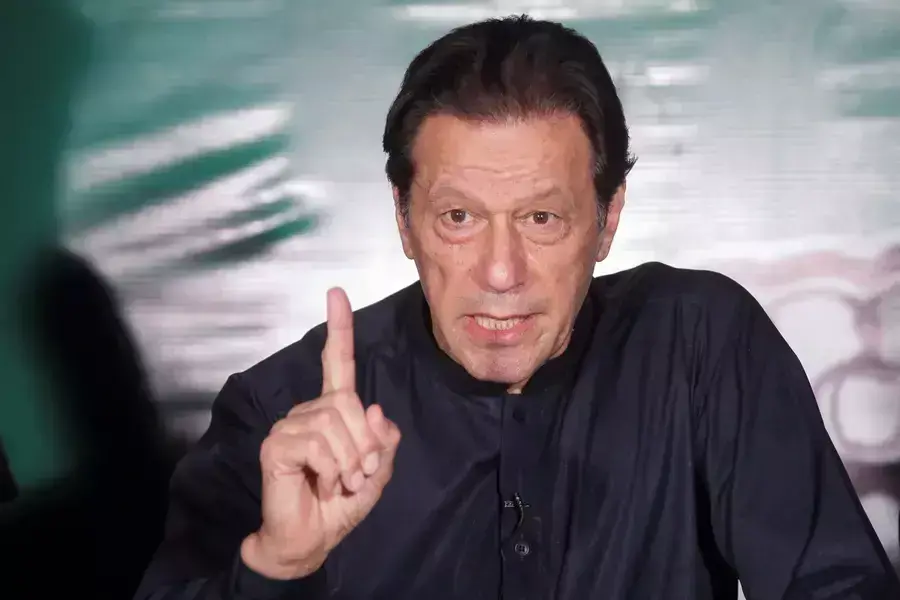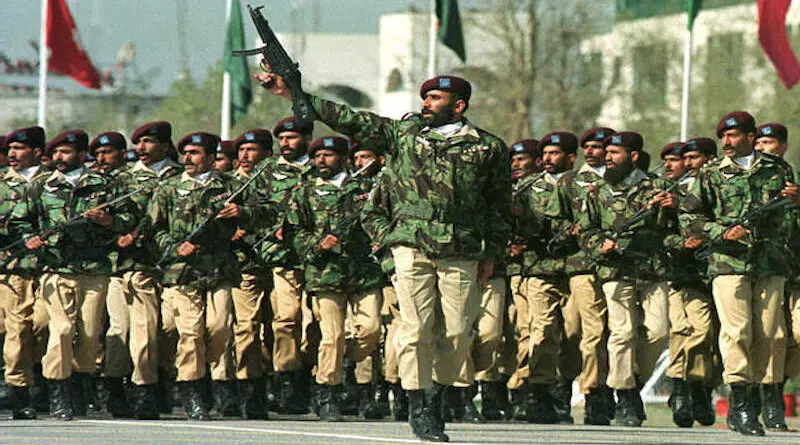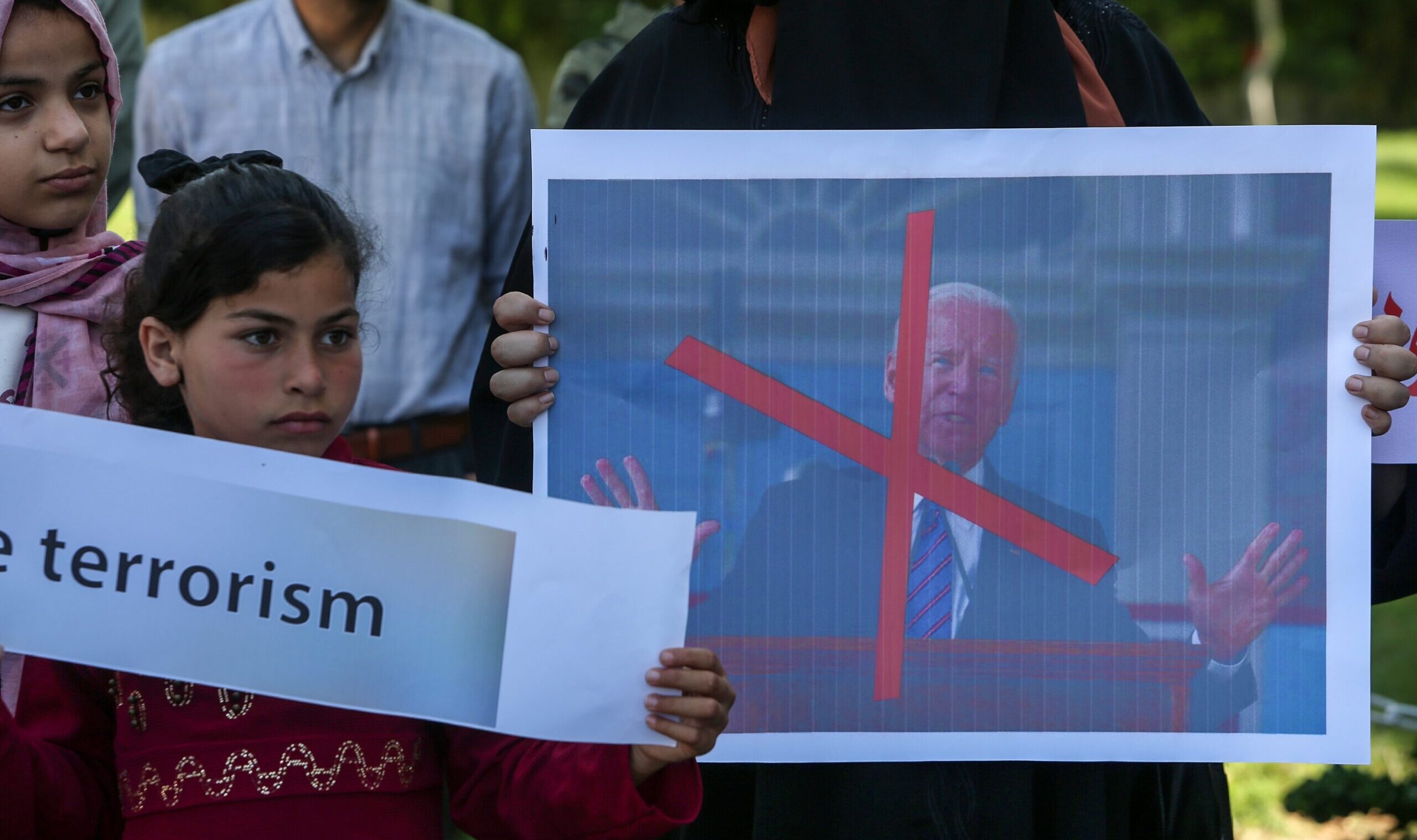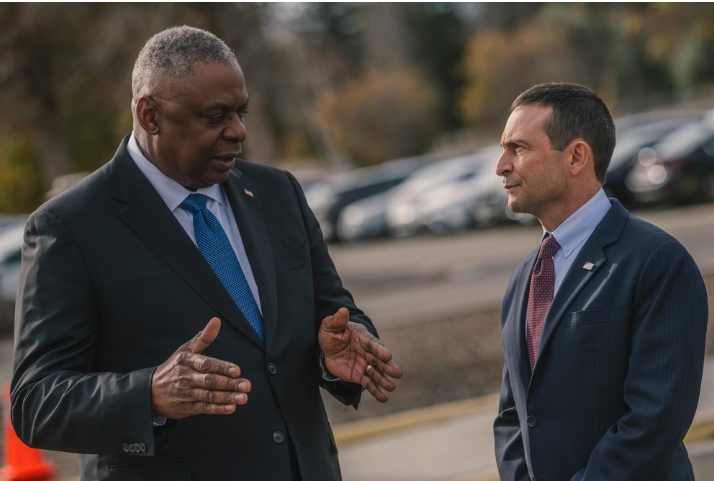
Palestinians searching the debris from a strike in Rafah.Reuters
The rubble of a house in Deir al-Balah, in central Gaza, after an Israeli strike. On Thursday, President Biden sharply escalated his criticism of Israel’s military offensive in Gaza.Adel Hana/Associated Press
A funeral in Rafah for three children and the father of one of them. Gazan health authorities say the enclave's death toll has surpassed 27,000.Mohammed Abed/Agence France-Presse — Getty Images
Israeli soldiers in southern Israel. The military has proposed a significant increase in the length of compulsory service.Abir Sultan/EPA, via Shutterstock
Protesters blocking a road in Tel Aviv during a rally calling for the release of hostages being held in Gaza, a key Israeli demand.
Here’s what we know:
Israel’s prime minister asked the army to draw up plans to “evacuate the civilian population and topple the brigades” of Hamas in Rafah, the border city where displaced Gazans have sought shelter.
‘We’re Exhausted’: Gazan Voices Fears of Israeli Offensive on Rafah
0:45Roughly 1.4 million Palestinians are sheltering in Rafah in southern Gaza, including many who have been displaced multiple times since the start of the war.CreditCredit...Mohammed Abed/Agence France-Presse — Getty Images
Prime Minister Benjamin Netanyahu of Israel has ordered the Israeli military to come up with a plan for civilians sheltering in the southern city of Rafah to evacuate, his office said on Friday, as Israeli leaders have increasingly indicated they intend to ultimately send ground troops into the crowded city.















